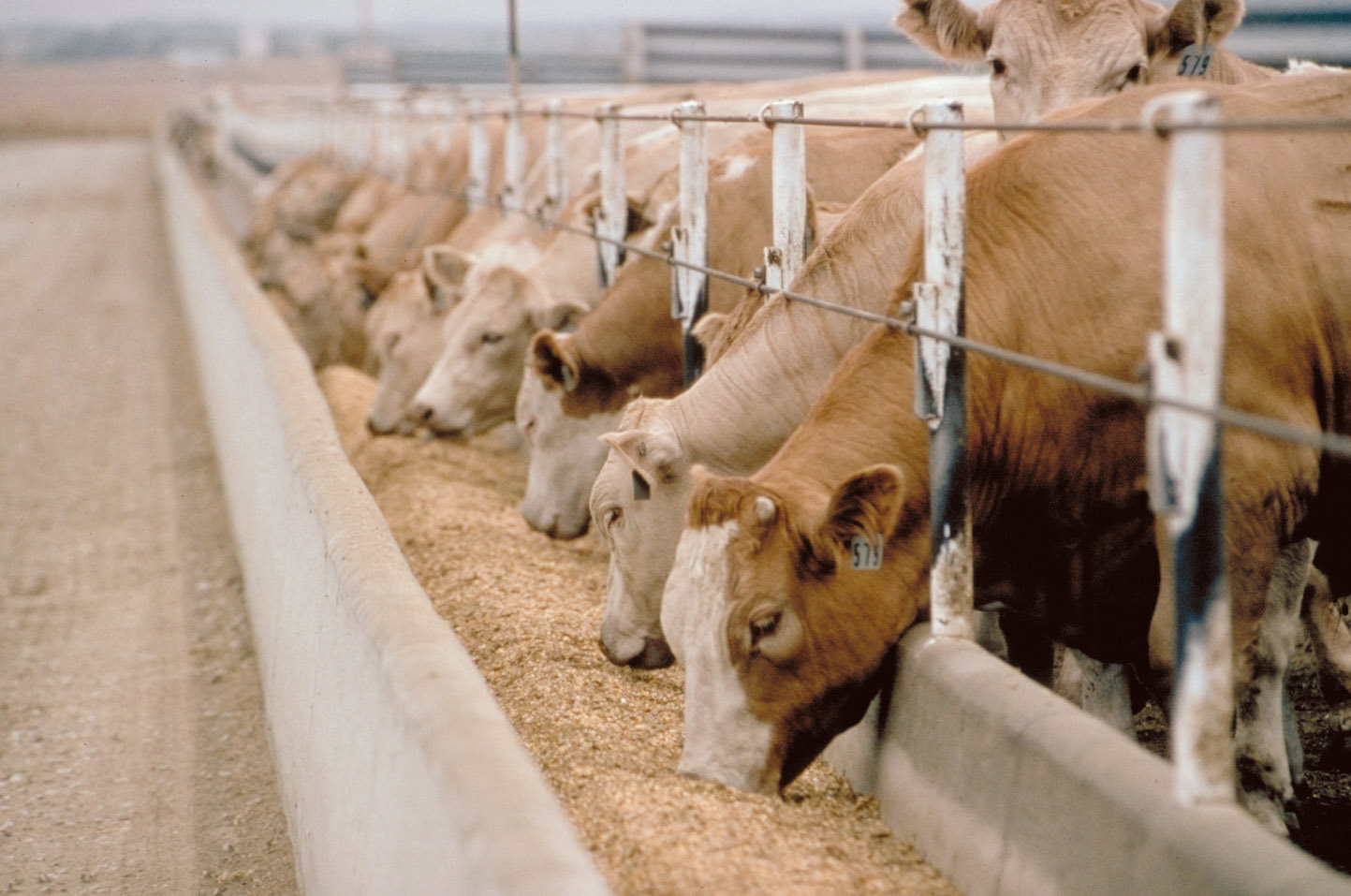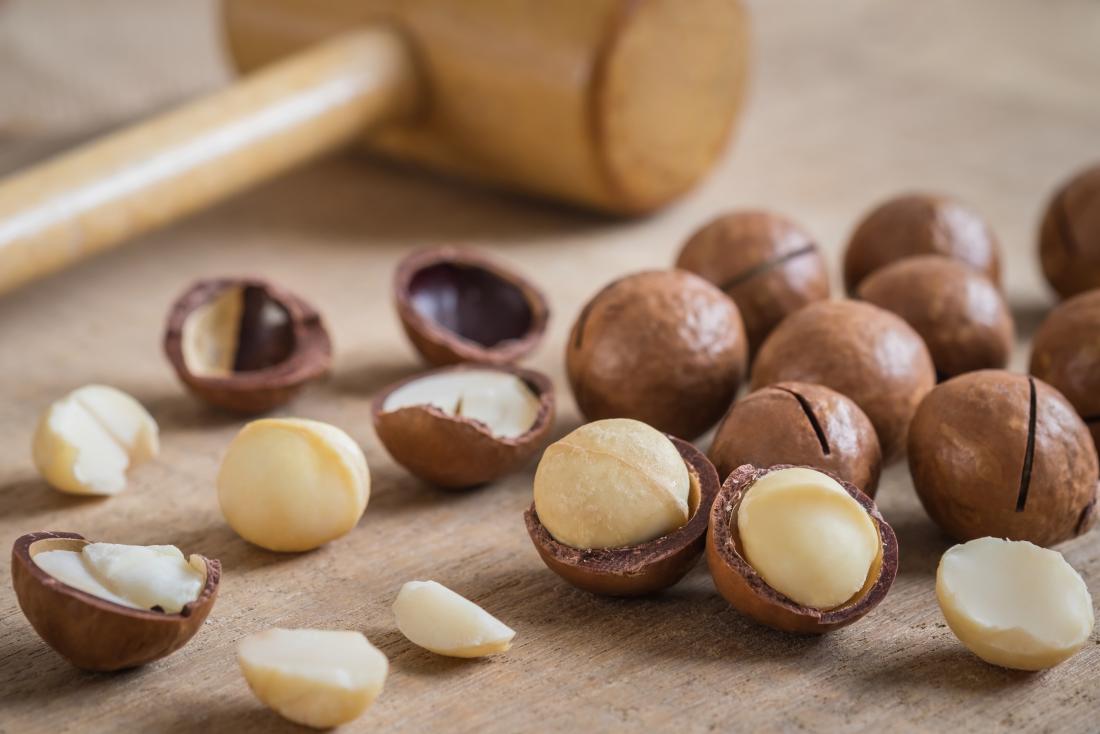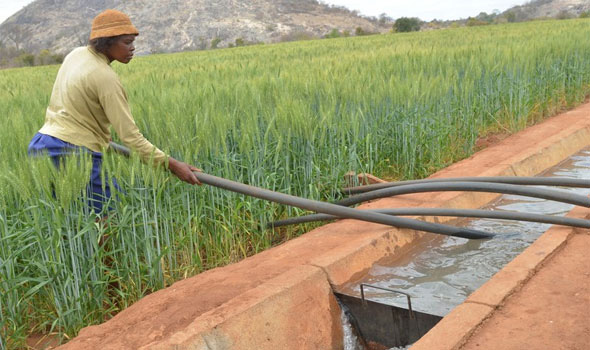Cattle exhibits on higher level
HAVING come out tops at the Gwanda Agricultural Show last year where he showcased his red Brahman breed, renowned businessman Mr Mgcini Nkolomi has decided to go a notch higher by debuting at the Bulawayo Agricultural Show (BAS) which runs concurrently Zimbabwe International Trade Fair (ZITF)
The ZITF, one of Africa’s premier trade showcases, kicks off today and runs to April 29, under the theme, “Transformative Innovation, Global Competitiveness” with King Mswati III of Eswatini expected to officially open the 63rd edition of the show at the Zimbabwe International Exhibition Centre on Friday.
ZITF offers exhibitors exposure to both trade and public visitors.
Mr Nkolomi is one of the eleven farmers who are showcasing their cattle breeds at the BAS, a huge leap from the four that were at the 2022 edition. He brought to the show two bulls, two cows, and two heifers.
Speaking at the exhibition pens at the ZITF Showgrounds yesterday, project manager, Mr Lingani Masuku, said the project started in 2019 after realising that Gwanda lacked cattle breeders, which was a threat to the national vision of increasing livestock population in line with the US$8,2 billion Agriculture and Food Systems Transformation Strategy.
“I came with Sifela Brahman (red Brahman), which we are breeding from Hampden Plot 4 in Gwanda. The project started in 2019 when we bought cattle from other breeders and these are the results we are showcasing for the first time here,” said Mr Masuku.
“Last year we exhibited at Gwanda Agricultural Show and came first in all the cattle that we had taken to the show, and it was also our first time to exhibit there.”
Mr Masuku said they failed to exhibit last year after one of their animals contracted some disease. However, this time around they were given a clean bill of health.
“We are so excited to be here and having learnt our lesson last year, we had to make sure that nothing of that sort happened again. Our cattle were tested for foot and mouth and theileriosis (January disease) which was done twice,” said Mr Masuku.
“We chose this breed after realising that in our district, we no longer have special breeds and even breeders, especially among the majority black community. Our main objective for being here is basically to market our breed to the local and international markets.”
BAS chairperson Mr Obert Chinamo said this year’s exhibition by cattle farmers is bigger than last year’s.
“It’s a bigger show compared to last year when we had four exhibitors on the pedigree (breeding stock) side, but this year we have grown to an incredible eleven exhibitors. All the pens are occupied, with cattle coming as far as Beatrice in Mashonaland East,” he said.
“The pedigree stock we have in terms of breeds are Brahman which is the dominant breed here, we also have Simmental, Nkone and Thuli breeds.”
Simmental is a breed of cattle whose history dates back to the Middle Ages. Early records indicate that Simmental cattle were a result of a cross between large German cattle and a smaller breed indigenous to Switzerland.
The name Simmental is derived from the name of the area where the cattle were first bred – the Simme Valley which is situated in the Berner Oberland in Switzerland
Matabeleland North provincial veterinary director, Dr Felistas Ndlovu said to ensure a disease-free exhibition show, strict medical procedures had to be adhered to with the animals being tested for theileriosis and foot and mouth disease.
He said this was done to assess the level of risk and necessary measures were put in place to avert an outbreak of diseases during the show.
“Foot-and-mouth testing included the sheep and goats. These measures include a 30-day quarantine period at the place of origin, dipping within 72 hours before loading for the show, use of disinfected vehicles, and pre-loading inspection by veterinary personnel,” said Dr Ndlovu.
“Once the livestock is received, a veterinary person will then certify the above and this is the ideal standard we would want to see. A health attestation certificate was sent out earlier in the year to the Bulawayo Agricultural Society advising would-be livestock exhibitors of the expectations. I hope in future exhibitors will improve and follow international standards as this is an international event.”
Dr Ndlovu said there is also a veterinary officer on standby every day and a stockman from the veterinary department ‘herding’ the livestock.
“Every morning and evening the livestock are checked for animal health issues. Since animal health is a participatory programme, owners of the livestock are invited to participate in surveillance during the show and notify the veterinary department immediately,” she said.
“Communication was sent to all provinces to assist farmers in preparing adequately. There was back-and-forth communication with exhibitors who wanted to understand better. Veterinary Services attends all BAS preparatory meetings to advise them on livestock conditions expected and they always share with would-exhibitors who register with them.” —chronicle









